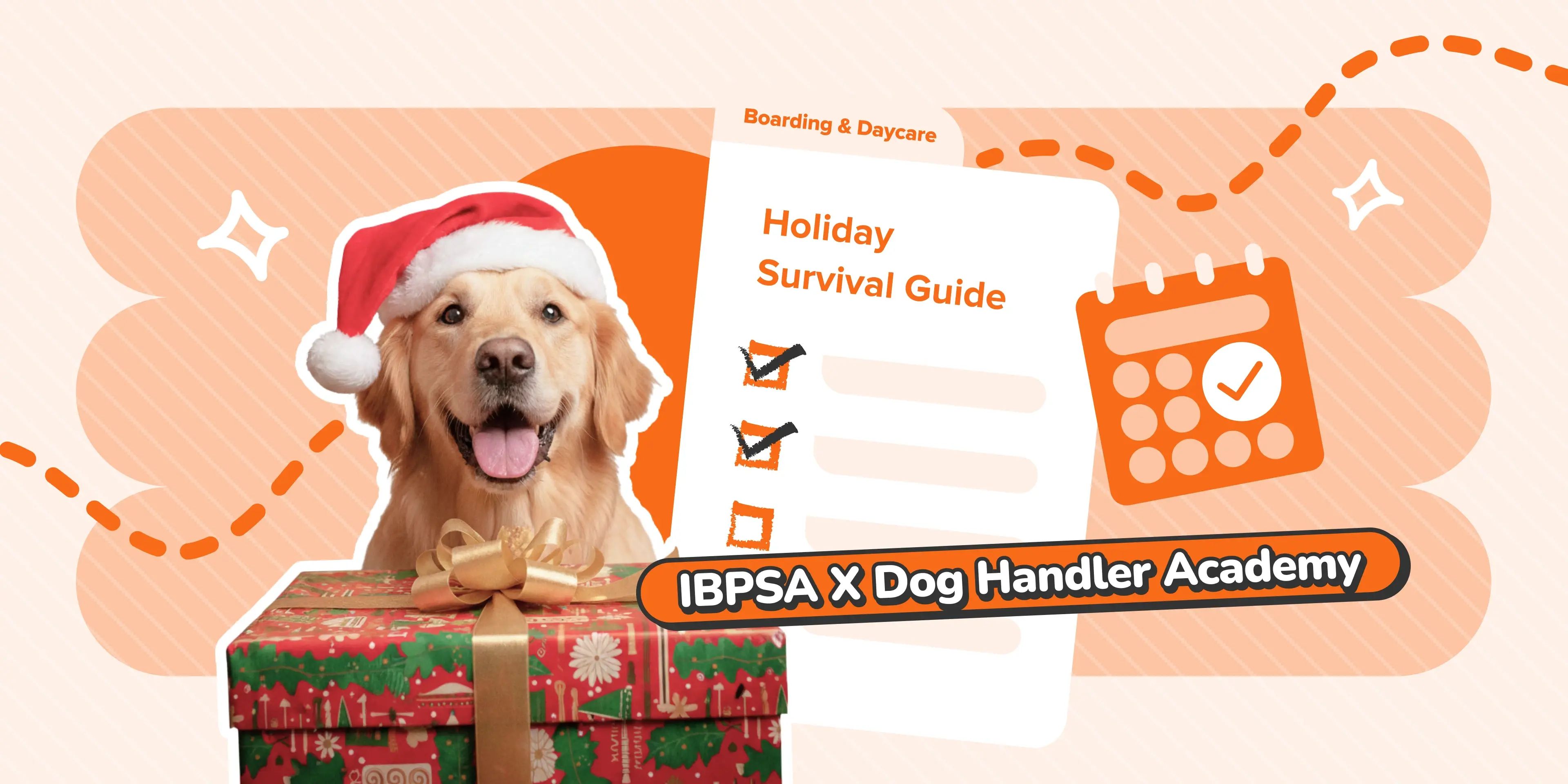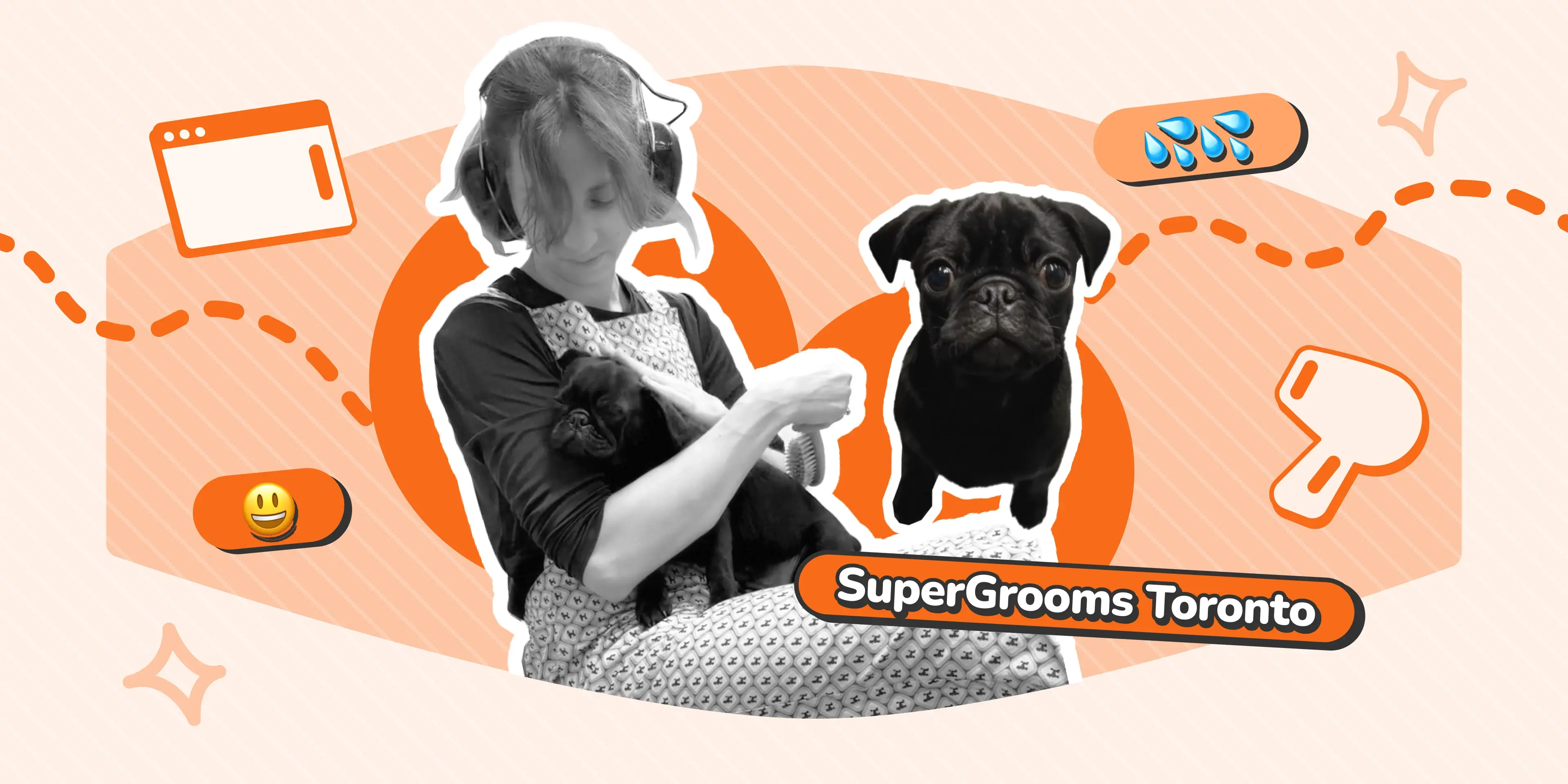Share this
How to Take the Emotions Out of Your Pricing Model
by MoeGo on May 12, 2023 10:22:19 AM
Money is closely tied to emotions (whether you’re spending, making, or saving it).
Impulse buying, retail therapy, buyers remorse - the thrill of finding a $20 you’d forgotten about in your coat pocket. These are all examples how money is connected to our feelings, both positive and negative.
In a recent MoeGo Live, we sat down with Kelsey Ann Sexton (Nationally Certified Groomer with nearly 20 years of professional pet grooming experience) and chatted about changing your business model with confidence.
Meet Kelsey Ann
Kelsey Ann Sexton is an award winning Nationally Certified Groomer with almost two decades of professional grooming experience.
She owns an award winning salon outside of Nashville, TN that focuses on customer relationships for routine grooming services.
.png?width=1000&height=1000&name=Kelsey%20Ann%20Blog%20Bio%20(1).png)
For Kelsey Ann, this meant moving from an in-home salon to a brick-and-mortar shop; but more importantly, it meant revamping and rethinking the way she priced her services and approached these changes with customers.
“I have to change my relationship with money into a positive one for the business.”
“I have an emotional charge towards money,” Kelsey Ann said, “... Money is everywhere. So I have to change my relationship with money into a positive one for the business.”
During our chat, Kelsey Ann walked through her strategy for removing that emotional charge from her pricing to make sure she wasn’t letting good intentions get in the way of charging her worth.
Good Intentions Keep You Underpriced and Overworked
So money and emotions go hand in hand, but how do those emotions play into pricing? Kelsey Ann provides a few examples, like charging an hours’ worth of time when it really took you an hour and a half to complete a groom (because the mom tips, or you love working with the client, or the dog is small and “should” have taken an hour).
“We automatically kind of backtrack to ourselves,” she says, “...all these excuses that we give to support the fact that we're not charging enough.”
But those small concessions - made with kind and generous intentions - start to add up and, over time, result in underpricing. And that underpricing, no matter how well-intentioned, can lead to burnout.
Kelsey Ann describes her own experience, “I was ready to shut the doors. I was like, I can't do this anymore. This is expensive. This isn't fun. I'm not enjoying grooming.” She went on to say, “...if you're not taking care of yourself, you light yourself on fire to keep [your customers] warm. They're just gonna go walk away when you don't have a burn anymore.”
When is it time to raise your prices?
Every business is different - and there are a lot of reasons a groomer may need to raise their pricing (inflation, recession, and overhead, oh my!)
For Kelsey Ann, this moment came when she realized she needed more working capital, and that her current model wasn’t keeping up with the cost of running the business.
"...If I'm overwhelmed and overworked, I'm probably charging too little..."
“I decided that you definitely need working capital to make things work,” she said, “So to do that, I have to raise my prices. If I'm overbooked, if I'm in demand, if I'm overwhelmed and overworked, I'm probably charging too little because I know I'm a hard worker - and most groomers are.”
Grooming is an emotionally and physically demanding job - but it’s hard to avoid burning out when you’re overbooked and in-demand but still aren’t making the money you want and need for long-term success.
Removing the Emotions (and Money) from Your Pricing Model
When Kelsey Ann revamped her business model, she developed a method to remove the emotional charge from her pricing and get a realistic look at how much she was charging and, more importantly, how much she should charge.
“I decided to try to trick myself out of the emotional price tag,” she said. She did this by removing the dollar signs from her pricing and instead thinking in terms of points.
Here how it works: Let’s say your hourly rate is $100 (to keep numbers round). But grooming involves more than just grooming the dog. For anything extra, “points” are assigned, and each point is worth 15 minutes of time.
“So if the dog is aggressive, or doesn't like the nails, or it takes you longer than it should…you can add a point to that,” Kelsey Ann explains. “If the dog is bigger than a small hourly dog and it takes you this amount of time, it gets so many points.”
With this system, Kelsey Ann decided that for her pricing model a bigger dog gets an extra hour, which means four more points added to any service for a large dog. “If it's just a typical run of the mill dog,” she explains, “you got your hourly rate.”
The benefit of this system is that it helps disconnect the natural emotional response that comes with increasing the price of a groom for any of the reasons above.

Watch the Full Interview
Get ready to transform your business confidently with more insight from Kelsey Ann!
If increasing services by a dollar amount for your customers stresses you out, removing the money from the equation and tallying up points instead can add a dose of objectivity that translates into a justified and fair price increase.
“What if Customers Won’t Pay Me That Much?”
Changing your pricing model isn’t easy, and one reason for that is the possibility that customers won’t want to pay for your new prices.
Kelsey Ann says, “...If you start adding tallying points instead of tallying dollar signs whenever you get to the computer and you're like…‘Oh God, this is a 10 point dog!’ You think to yourself that they're not gonna wanna pay…that much money.”
But that fear shouldn’t hold you back from charging your worth. She goes on to explain, “It doesn't matter if they're not gonna pay for it; if they've chosen your services and you've been able to accommodate them so well, and you are the only groomer for them, you can't emotionally charge less for your time because these points are fair.”
“The point system has really helped me decipher if I even have time to cater to that client.”
The reality is, if a customer isn't willing to pay a fair price they may not be the right customer for your business. “The point system has really helped me decipher if I even have time to cater to that client,” she said.
Don’t Take it Personally
“Don’t take it personally” is easy to say but difficult to do, especially when it comes to your business and your passion - because taking it personally means that you care. But when it comes to customers and they way the respond to changes, whether it be pricing or policy changes, taking it personally can lead to well-intentioned
“This plan I also made for my new business model is to fearlessly stop worrying about what the client is going to accept,” Kelsey Ann said, “Because in the past…the people I thought would not even bat an eye over a price increase had the biggest hissy fit. And the clients that I thought were gonna leave me stayed and paid and tipped double.”
She goes on to say that not taking on pricing increases and policy changes with a fearless attitude hasn’t always been easy or perfect.
"If they were gonna leave you over a price increase, they're gonna leave you over something else."
“So far it's, it's been a mixed bag,” she said, “I will preach to people to not take it personally. It's business, it's not personal…If they were gonna leave you over a price increase, they're gonna leave you over something else.”
This mantra is one of the ways that Kelsey Ann found to take care of herself so she could take care of her business. “At the end of the day, I have to be with myself,” she said, “I'm in charge of my business. My business isn't in charge of me. And not taking it personally is the only way to get through with that, but for sure.”

The Holiday Survival Guide for Pet Boarding and Daycare Businesses

5 Email & SMS Templates Top Pet Businesses Use for the Holiday Season

How Specialization Plus System Built a Thriving 1:1 Grooming Model at SuperGrooms
Share this
- December 2025 (3)
- November 2025 (3)
- October 2025 (3)
- September 2025 (2)
- August 2025 (11)
- July 2025 (11)
- June 2025 (1)
- May 2025 (7)
- April 2025 (13)
- March 2025 (6)
- February 2025 (4)
- January 2025 (8)
- December 2024 (6)
- November 2024 (6)
- October 2024 (3)
- September 2024 (1)
- August 2024 (2)
- July 2024 (1)
- May 2024 (2)
- April 2024 (1)
- March 2024 (3)
- February 2024 (3)
- January 2024 (2)
- December 2023 (6)
- November 2023 (7)
- October 2023 (7)
- September 2023 (8)
- August 2023 (7)
- July 2023 (3)
- June 2023 (2)
- May 2023 (4)
- April 2023 (2)
- March 2023 (9)
- February 2023 (1)
- January 2023 (1)
- December 2022 (1)
- November 2022 (5)
- October 2022 (1)

